
Mastitis: Symptoms, Causes, And Treatment
5 min readWritten by Editorial Team


Once all the discomforts and pains and aches of pregnancy vanish after delivery, most the mothers might think of no more suffering for their bodies other than the sleepless nights that needed to care for their babies. Yet, always, you might not be that lucky. For all the new mothers out there, there are several issues (like Mastitis) that you may need to face due to this new phase of motherhood, especially during the lactating phase. You might have heard about the cracked nipple that bothers most the new mothers.
However, there are several other issues related to the breasts, which are common among lactating mothers. Here we are discussing such an issue which can happen in women who are not breastfeeding and even sometimes appear in men, yet which is very common among lactating mothers – mastitis. Knowing more about this infection can help identify it and get the right treatment as early as possible. The good news is that if detected on time, this painful condition can be easily eradicated by means of medicines.
In This Article
- What Is Mastitis?
- How Common Is Mastitis?
- What Causes Mastitis?
- What Are The Risk Factors For Mastitis?
- Symptoms Of Mastitis
- How Is Mastitis Diagnosed?
- How Is Mastitis Treated?
- What Are The Complications Of Mastitis?
- How To Self-Manage Mastitis?
- How To Prevent Mastitis?
- FAQ’s
What Is Mastitis?
Mastitis is the inflammation of the breast tissues. It is often quite painful and mostly occurs during the period of breastfeeding. This even creates problems to a level that the mother will not be able to carry or take care of her baby. In a worsened situation, the mother may even be compelled to wean her baby way before she planned to.
How Common Is Mastitis?
In India alone, over one million cases of mastitis are seen every year. It is most often found and diagnosed in young adults aged anywhere from nineteen to forty. It is not as commonly found in other age groups. Around 10 percent of lactating mothers are found to develop mastitis. And most of this happens during the first six months of breastfeeding.
However, never ignore the fact that this issue can be developed anywhere until the first two years of motherhood. Very rarely, does it show a tendency to return?
What Causes Mastitis?
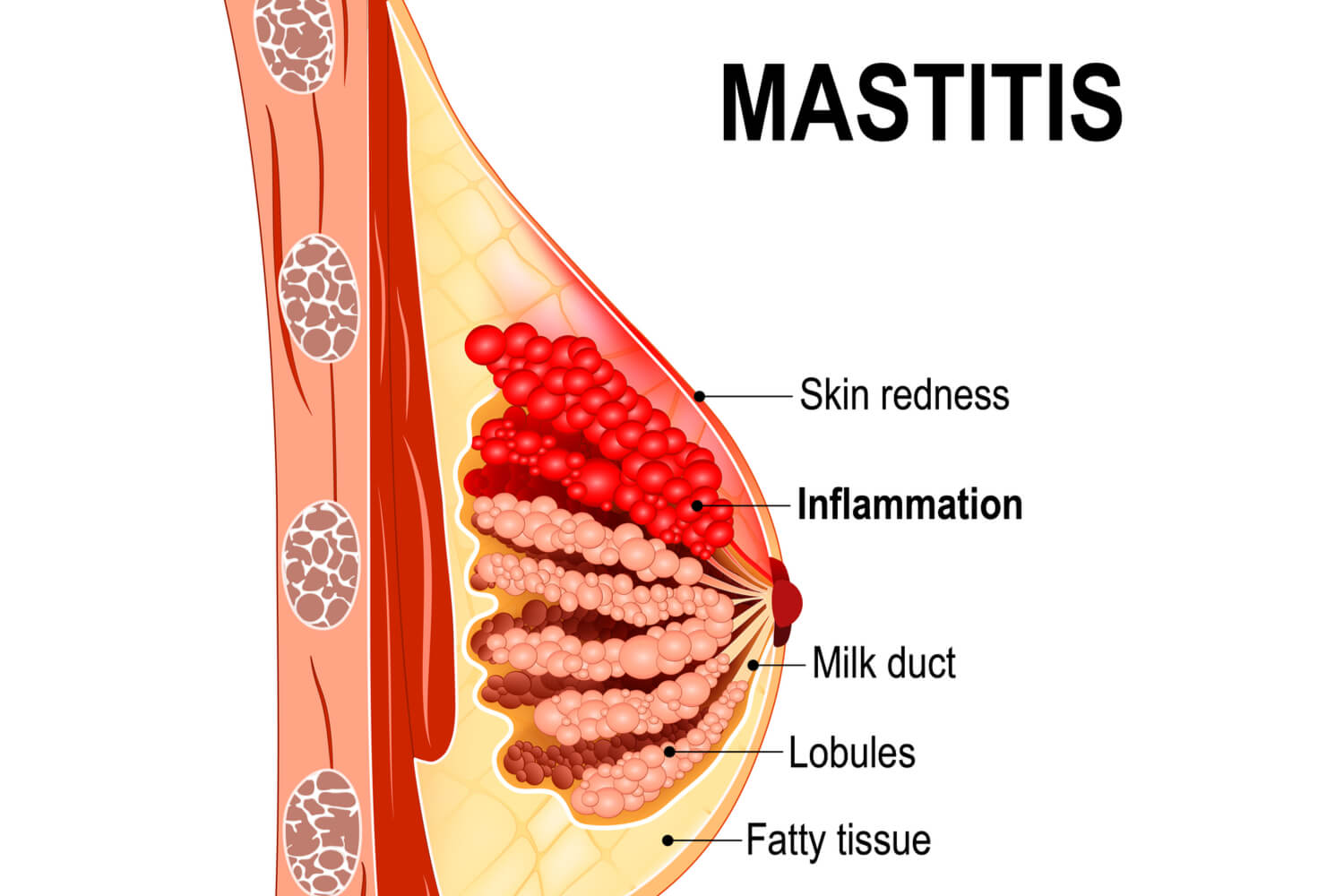
Some factors trigger mastitis during breastfeeding. More often, it is caused by the milk trapped in the breasts. But there are other causes of mastitis as well.
- Clogged Ducts: If the milk duct is blocked, it leads to an infection. This is so because the blockage makes the milk retreat. Anything from wearing a poorly fitted bra, and sleeping on the stomach to the failure to empty the breast after feeding can lead to clogged ducts.
- Cracked Nipples: If the mother has cracked nipples, the bacteria could easily enter the milk ducts, causing infection.
What Are The Risk Factors For Mastitis?
Given below are some of the risks of getting this problem:
- Those who have got mastitis before, and during breastfeeding are very likely to get it again.
- Though mastitis can be developed even with normal nipples, there seems to be a higher chance of it if your nipples are sore and broken.
- This often arises from improper latching on by your baby to breastfeed.
- Any continual pressure exerted on the breast, like wearing a tight and unfitted bra, wearing a seat belt for a long time, etc., can lead to mastitis in lactating mothers.
Symptoms Of Mastitis

Often, the symptoms of mastitis come up out of the blue.
- Only one breast is affected by mastitis. Your breast will feel tender and warm and swollen.
- You are likely to feel weak and ill and catch a fever often of 38 degrees Celsius or higher.
- You may find lump/s in the breast or that the tissue is a bit thicker. There may arise red patterns on your skin as well.
- When you breastfeed, you feel pain and a sense of burning throughout the session.
It is important to note that you do not have to show each of these symptoms to have mastitis.
How Is Mastitis Diagnosed?
When you go to the doctor with regards to mastitis, they will conduct a full physical examination. You will be asked to share the signs and various symptoms you have been experiencing. If you have an infection that is heightened and severe, the doctor will prescribe antibiotics.
However, in order to do so, they will collect the culture from a sample of your breast milk. This will help the doctor to give you the antibiotics that are right for you.
How Is Mastitis Treated?

You will start antibiotics. Other than that, the doctor can also recommend pain relievers like ibuprofen or acetaminophen. If the symptoms do not decrease or subside even after taking these medications regularly for the prescribed amount of time, it is best to consult your doctor again.
What Are The Complications Of Mastitis?
Complications arise when the infection you are facing is quite severe. They may come in the form of abscesses (painful lumps) in the breast – wherein a space either on your skin or internal to the body fills up with pus. In some cases, surgical drainage may require to solve this issue.
How To Self-Manage Mastitis?
There are ways in which you can manage mastitis and its symptoms at home by yourself.
- Use ice packs after breastfeeding. They can relieve a lot of pain.
- Wear bras that are a size or two bigger, and are supportive overall.
- Take naps and rest as and when you can throughout the day.
- Stay well hydrated.
How To Prevent Mastitis?

As essentially mastitis involves infection, you should always maintain good hygiene.
- You need to wash your hands thoroughly after you change the baby’s nappy.
- Do not let your milk ducts overfill. This means you should breastfeed your baby as soon as they show the cues related to hunger, and let them feed to their full each time.
- The baby’s latch should be correct and not painful for you.
- Though you can use nipple pads, creams, and ointments – do not prolong the use.
- Avoid overdoing pumping. Pumping out the milk usually increases milk production, and if the child couldn’t drain the breast properly, the chances of mastitis increase.
FAQ’s
How do I differentiate between a full breast and a swollen one?
The latter will be warm and higher in temperature as compared to the rest of your body. There will be red spots all over.
Should I stop breastfeeding if I have mastitis?
No. Contrary to popular belief, it is perfectly safe and fine for you both to keep on breastfeeding.
When do complications with mastitis arise?
The most important thing you need to recover from mastitis is the proper treatment. Thus, complications arise when there is a lack of timely and quality treatment. If a person has had some history with mastitis, as in continued recurrences, it can lead to breast distortion that is irreversible and chronic inflammation.
What does SSSS mean?
It stands for Staphylococcal Scalded Skin Syndrome. A complication that is rare and occurs in babies who rely on breastmilk.
Conclusion
Mastitis is a painful condition and requires proper and urgent care. It is important to maintain a proper health check to ensure no other problems exist.

Editorial Team,
With a rich experience in pregnancy and parenting, our team of experts create insightful, well-curated, and easy-to-read content for our to-be-parents and parents at all stages of parenting.Read more.
Responses (0)
Want curated content sharply tailored for your exact stage of parenting?
Related articles
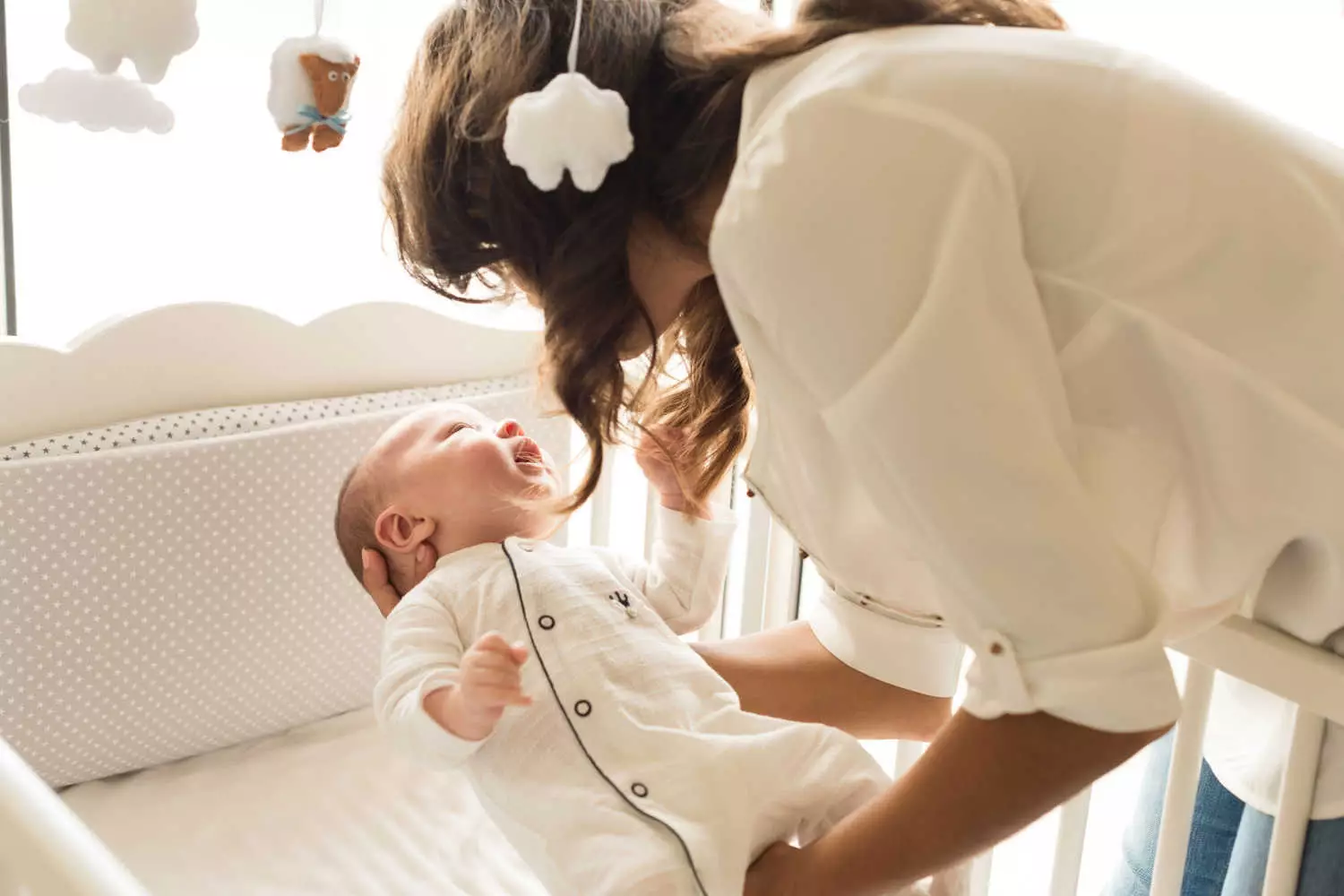
Pick Up, Put Down Method of Sleep Training Your Baby – Know All About it

Kissing a Baby – Is it Safe?
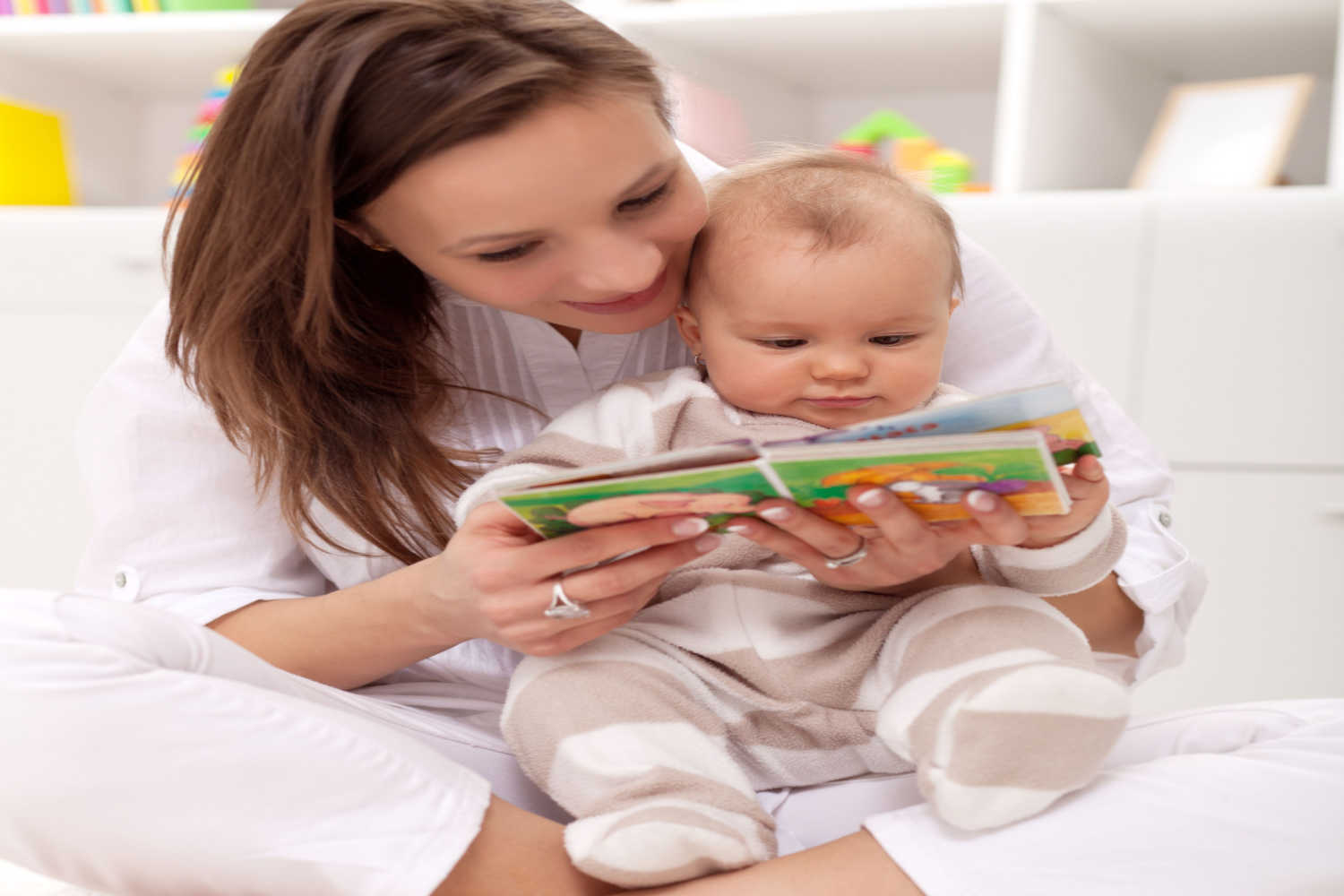
Top 8 Best Cloth Books For Babies in First Year

Water Intoxication in Babies – What is it, Causes and Tips to Prevent
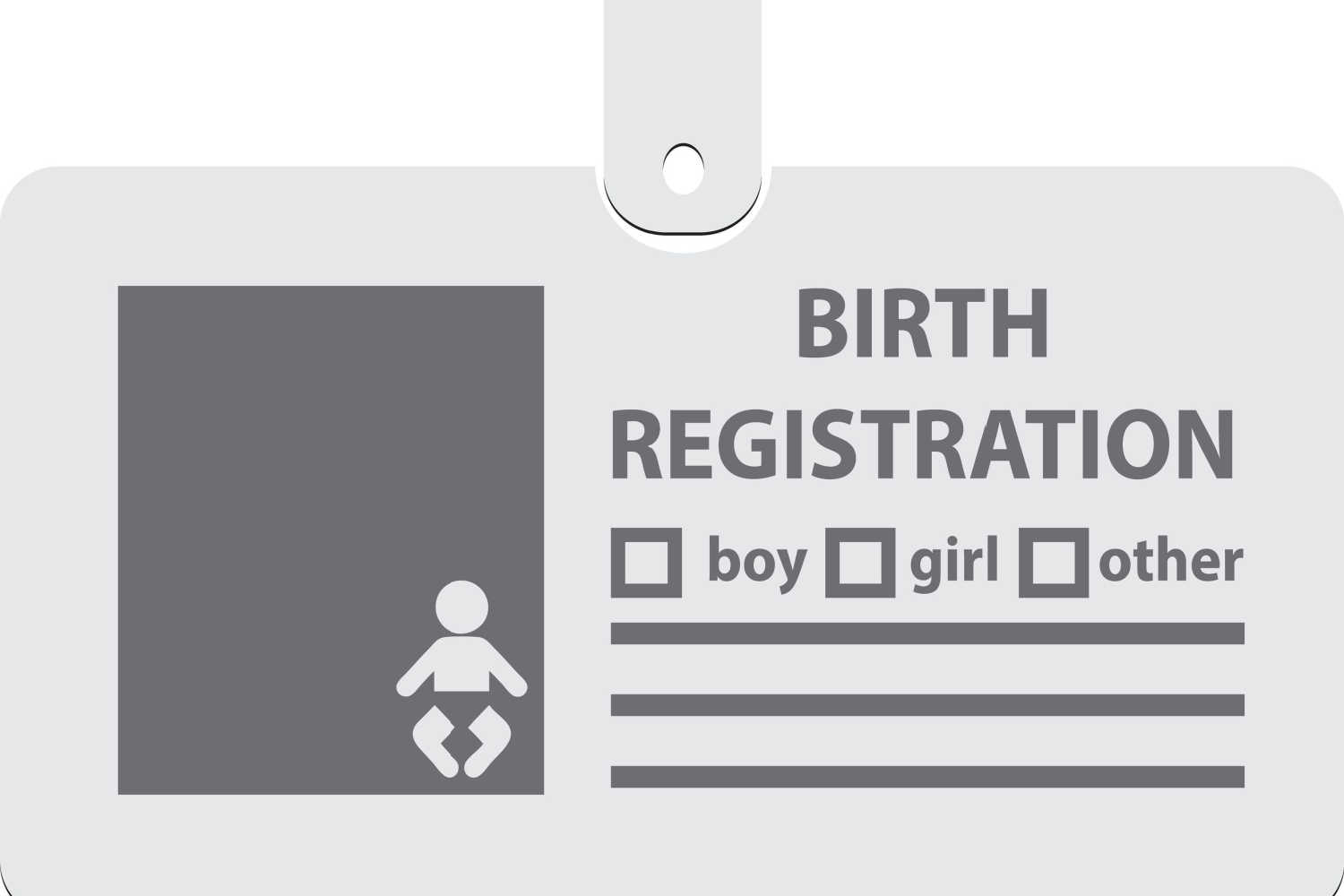
Birth Registration in India – When, How And Why
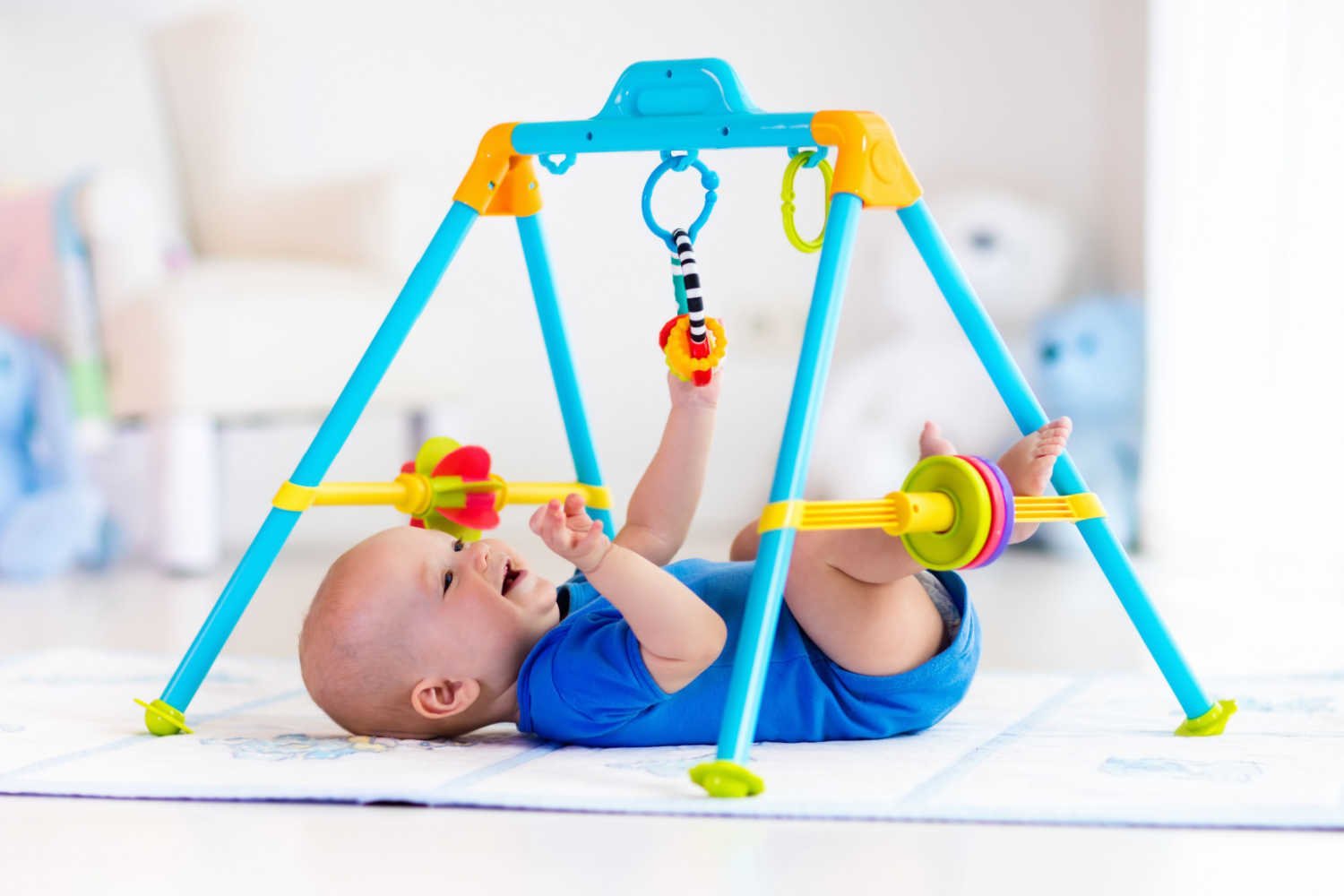
Play Gym For Babies – How it Helps in Baby’s Development
Sponsored content
Discover great local businesses around you for your kids.
Get regular updates, great recommendations and other right stuff at the right time.





